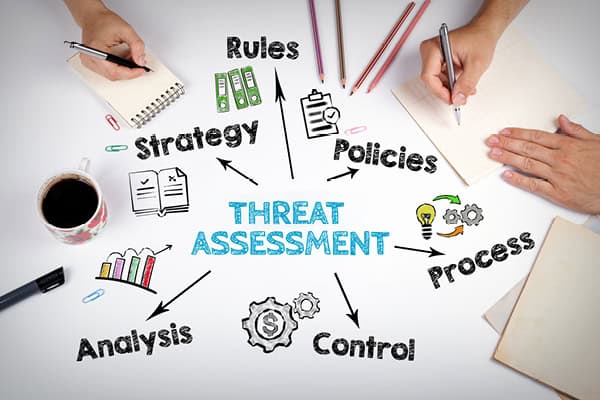School leaders are spending time this summer reviewing safety data and preparing plans for the 2024-25 school year, according to an article in Forbes. Understanding measures in place and based on best practices is critical for school leaders and communities.
Valuable school violence data is collected and analyzed through a variety of organizations. The School Survey on Crime and Safety, managed by the U.S. Department of Education’s National Center for Education Statistics, collects data on crime and violence in U.S. public K-12 schools. The 2021-22 academic year report, released in January 2024, contains data on school violence incidents reported by a sampling of 4,800 public, public charter, and certain public magnet schools. The report also addresses existing school security measures, staffing and training, available mental health services, and parent and community involvement
The National Center for School Safety, based at the University of Michigan School of Public Health partners with community and safety leaders to develop and deliver a variety of free training seminars and resources.
School safety must be more than playing whack-a-mole in addressing violent events as they occur. School safety is more than surface-level prevention. It is eliminating the danger at its source.
The U.S. Department of Justice’s Office of Community Oriented Policing Services, representing eight national law enforcement organizations, released the “Ten Essential Actions to Improve School Safety” report. The report recommends measures to promote physical safety and emotional security through prevention and rapid response, including comprehensive school safety assessments, facility security upgrades, promoting a positive and healthy school climate, anonymous reporting systems, coordination with first responders, drills, and school-based law enforcement, among others.
One crucial strategy recommended in the COPS report addresses threat assessment practices. Threat assessment, used to detect and analyze early warning signs of violence, is an important prevention component of school safety. A threat assessment overview provided by the Virginia Department of Criminal Justice Services defines threat assessment as “a fact-based process relying primarily on an appraisal of behaviors to identify potentially dangerous or violent situations, and to address them in a professional and timely manner.”
As the first state to do so, Virginia’s General Assembly enacted legislation in 2013 mandating threat assessment teams for Virginia’s public schools. According to Everytown, which labels itself the largest gun violence prevention organization in America, as of January 2024, nine states now require K-12 threat assessment policies and procedures.
Forbes




